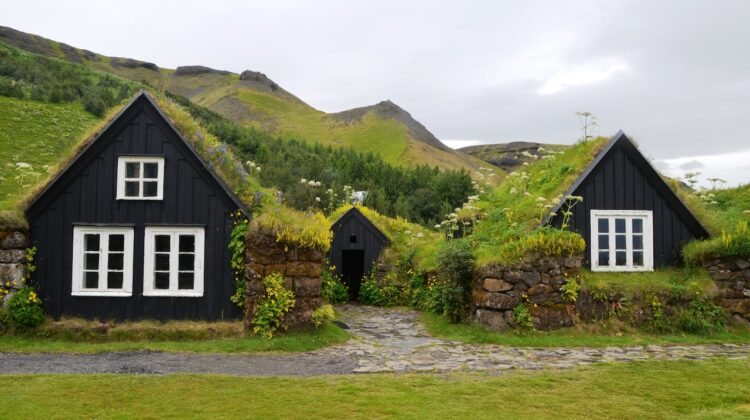
When you think of a roof, you might envision shingles or tiles neatly stacked atop a building. But what if we told you that roofs could be more than mere shelter? Imagine a roof bursting with life, a symphony of greenery that not only adds beauty to the landscape but also offers many benefits for us and the environment. Welcome to the world of living roofs, where sustainability meets innovation.
Living roofs, also known as green roofs, are a contemporary architectural marvel that transforms conventional roofs into vibrant, living ecosystems. These roofs are adorned with various vegetation, from hardy grasses and sedums to colorful wildflowers and small trees. Beyond their aesthetic appeal, living roofs have garnered attention for their undeniable environmental and economic advantages.
Sustainability at its Peak
In an age where climate change is a pressing concern, living roofs emerge as a sustainable solution that can combat urban heat islands and reduce energy consumption. Unlike conventional roofs that absorb and radiate heat, living roofs act as natural insulators, regulating indoor temperatures and lowering cooling costs during scorching summers. They also help mitigate the urban heat island effect by cooling the surrounding air through evapotranspiration, where plants release water vapor into the atmosphere.
Biodiversity Flourishes
One of the most captivating aspects of living roofs is their ability to foster biodiversity in unexpected places. By providing a habitat for insects, birds, and even small mammals, these roofs contribute to urban ecosystems that are often starved for green spaces. Imagine strolling past a building and spotting a colorful butterfly or a chirping bird, all thanks to the lush oasis above.
Air Quality Enhancement
As urban areas grapple with air pollution, living roofs become unlikely heroes. The vegetation on these roofs acts as a natural air filter, capturing pollutants and particulate matter from the atmosphere. Through phytoremediation, plants can absorb harmful substances and release clean oxygen, making the air we breathe healthier and fresher.
Stormwater Management
One of the most practical advantages of living roofs is their stormwater management capabilities. Traditional roofs often contribute to runoff, overwhelming sewage systems and causing water pollution. Living roofs absorb rainwater, reducing the strain on urban drainage systems. This prevents flooding and minimizes the pollution that runoff can carry into nearby water bodies.
Aesthetic Harmony
Beyond their ecological benefits, living roofs add natural beauty to the concrete jungles we call cities. Imagine seeing a vibrant tapestry of colors and textures stretching across the rooftops out your window. Whether you’re a passerby on the street or an occupant of a building, the sight of a living roof can provide a soothing connection to nature during urban chaos.
The Bottom Line: Are Living Roofs a Good Idea?
Living roofs emerge as a beacon of hope in a world where the need for sustainable practices has never been more urgent. Their ability to improve air quality, manage stormwater, and enhance biodiversity makes them a practical choice for environmentally-conscious urban planning. While the initial investment might be higher compared to traditional roofing systems, the long-term benefits, both in terms of reduced energy costs and improved environmental health, are worth considering.
As cities continue to evolve, integrating nature into urban design becomes crucial. Living roofs showcase the potential of harmonizing architecture and ecology, creating functional and enchanting spaces. So, are living roofs a good idea? The answer is a resounding yes. They represent a step towards a greener, more sustainable future where rooftops are more than just overhead shelters but thriving ecosystems that give back to the planet we call home.
